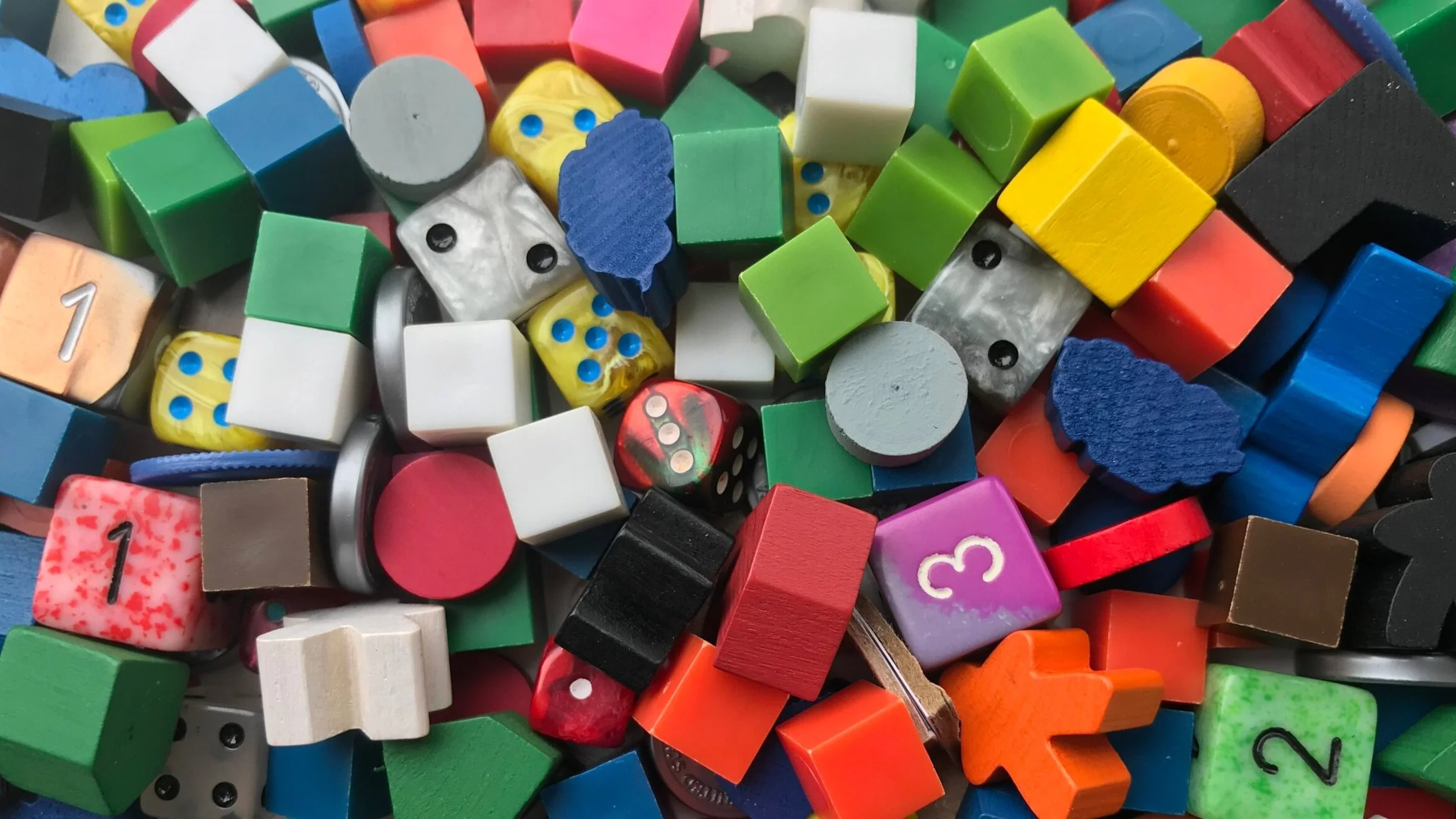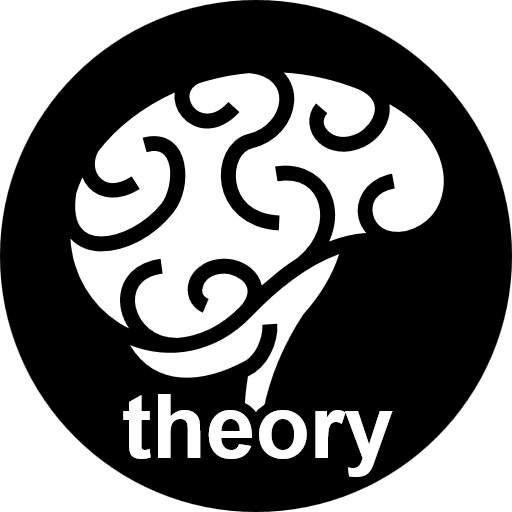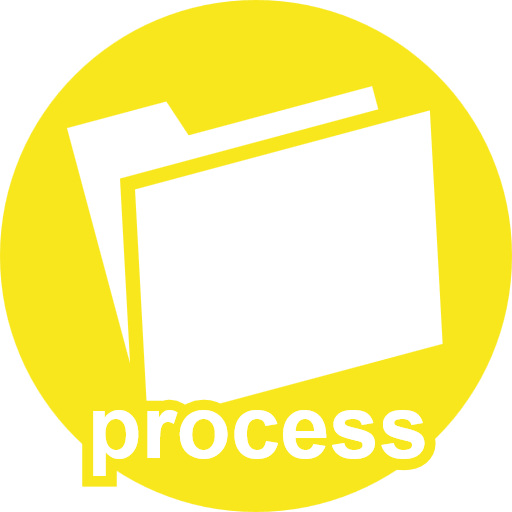Meaningful Decisions: Matt Leacock on Design Choices in Forbidden Desert
/In our Meaningful Decisions series, we ask designers about the design choices they made while creating their games, and what lessons other designers can take away from those decisions.
In this edition, we talk with Matt Leacock, the designer of cooperative games such as Pandemic, Forbidden Island and its successor, Forbidden Desert, about reusing game elements, creating “artificial intelligence,” variable player powers and weaknesses, and more.

Forbidden Desert is a sequel to Forbidden Island, borrowing some of its overall structure from its predecessor. Yet it also introduces new mechanisms that make it much more than just a retread. Where’s the line between reworking and rehashing? How can a designer know when a mechanism shared with another game is too similar? How can they know when it’s too different?
I imagined the Forbidden games as being episodes in an adventure serial. So when I set down to design Forbidden Desert, there were some structural things I wanted to maintain. I figured players would expect to have a role, work cooperatively, and manage a budget of actions each turn with a common goal in mind. That said, I really wanted the game to stand out on its own by giving it some unique elements.
Part of the fun of designing Forbidden Desert was coming up with twists on Forbidden Island. Some of these were inversions: In Island, you often drown because there’s too much water, while in Desert, you run the risk of dying of thirst. In Island, the land around you gradually disappears, while in Desert, the sand piles up around you, threatening to bury you alive. Rather than dress up Forbidden Island in new clothes, my approach was to take many of the existing components and concepts and twist them into something new.
That approach was pretty clear for me from the start—I wanted to create a new game. By holding some things constant (pawns, roles, action-point allowance system, and a card-driven threat engine) I was able to give players a game that had familiar elements so they could more quickly get playing. But by twisting things, I tried to ensure that they were getting something new. While testing the game I repeatedly asked people if they felt the game was different enough—would they consider owning both—and got consistent feedback that it was and they would.

The storm in Forbidden Desert is controlled by a single deck of movement cards, creating a sort of “artificial intelligence” that bedevils players. It’s an even simpler version of the location cards in Pandemic and Forbidden Island that guide the games’ opposition to players. What have you learned about developing an AI that’s easy for players to implement yet challenging to play against, and that’s predictable enough to not be chaotic but not so predictable that it’s solvable?
I’ve learned that they take a lot of work to balance! Forbidden Desert required a tremendous amount of testing in order to ensure the game was winnable across the different numbers of players, different role mixes, and the various difficulty settings. We logged several hundred plays (and at the time, I got quite good at the game). As an aside: I’d encourage people to start out on the easiest level when they start as there’s plenty to learn through the course of repeated play.
I aim to create elegant, emergent systems: games that generate a lot of complex problems through very simple procedures. I don’t want the players to have to do a lot of bookkeeping in order to determine what their virtual opponent is doing on a given turn. So far I’ve relied on AIs driven by dice and cards since they’re familiar and immediate. The trick is getting the right procedures baked into the cards and the correct card mixes into a deck.
Getting an even, steady-state challenge that the players have to beat back is hard in itself. The bigger challenges come from creating a sense of increased pressure and finding ways to provide waves of hope and fear from their virtual enemy. I don’t want the whole experience to be a plateau (which can feel like grinding) and I also don’t want a steady, evenly increasing ramp for the players. Instead I try to modulate the tension to increase engagement, like a good story would.
I don’t have a silver bullet here for doing this. When doing expansions, I’m fortunate that I can easily riff off of my own prior work, but each time I’m creating a new game I stare at a blank sheet of paper like the rest of you and just have to buckle up, play, experiment, cherry pick, and refine.

There are several ways players can lose in Forbidden Desert. The sand storm meter can top out, the sand tiles can be used up, or one player could run out of water. As a result, players must guard against threats from multiple angles. How did you decide the right number of “threat vectors”? What happens if a design has too many or too few?
Oh, I think a single threat vector can work just fine for a simpler game. The games I’ve done work better with multiple threats since it gives the players more to attend to over the course of a 45-minute game. If you have too few vectors, the game may feel a bit simplistic or flat. If you introduce too many, however, you run the risk of creating too much cognitive overhead and/or confusion.
On a related note, sometimes these game-ending threats help you out of tricky game design situations. For example, in Pandemic, I wasn’t sure what should happen when the players ran out of cubes or cards. Introducing the simple rule, “you lose” solved the problem! It just so happened that this was also a fun way to ramp up tension.
I’ve introduced (and pulled out) other loss conditions that were similar answers to design problems. For example, in Forbidden Desert, for a short time, the players lost if a part of the airship appeared in the center of the storm. Testing revealed that players consistently felt cheated by this though, and so I quickly removed the rule. At the time though, it was a simple way to explain what would happen in the situation.

In addition to variable player powers, Forbidden Desert also gives certain players variable weaknesses, since some characters start out with less water than others. How did you decide on these handicaps? Do variable weaknesses influence player behavior any more or less than variable powers?
Since some roles were slightly more powerful than others I tweaked the canteen levels as a counter-balance to their power. This also helps give the players a bit more individuality. You as the Engineer can feel really powerful since you can remove a lot of sand each turn. But you have to acknowledge your Achilles heel—you can die of thirst during the first pass through the Storm deck.
The positive role powers influence player behavior far more in Forbidden Desert than the (smaller) individual weaknesses. I rarely see anyone attracted or repelled by a role because of its canteen. The players’ focus is usually squarely on the powers.
Variable weaknesses of a greater magnitude would be a fun area to explore for future games. I usually try to make the role powers sound so amazing that (on first read) players may assume that they’re broken. That sets the challenge then to make the game hard enough to be worthy of the powers and also to make the roles equally attractive. Perhaps roles in a future game could be even more powerful if each of them came with a significant handicap.
Read more in-depth interviews with board game designers in our Meaningful Decisions series.










